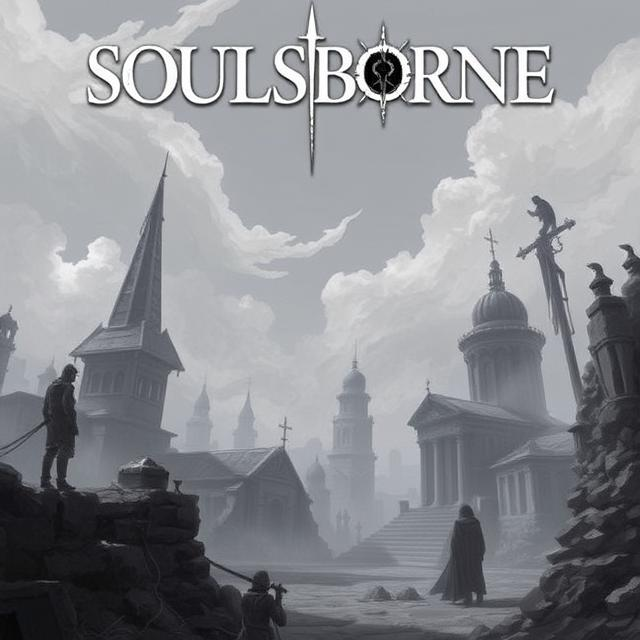The Soulsborne series (Demon’s Souls, Dark Souls, Bloodborne, Sekiro, Elden Ring) has revolutionized level design in modern gaming. What sets it apart? It’s not just about difficulty — it’s about environmental storytelling, verticality, and interconnectivity.
Let’s take Dark Souls as a prime example. The world of Lordran is built like a puzzle box — levels loop back on themselves in clever, often surprising ways. Opening a shortcut after hours of progress creates not only relief, but also a deeper appreciation for the world’s structure. There are no quest markers, no flashing arrows. The game trusts you to explore and learn the space.
Then there’s Bloodborne’s gothic labyrinth, filled with tension, secrets, and psychological horror. Every corner tells a story. Items are placed with meaning, enemies hint at lore, and boss arenas often connect symbolically with the narrative.
Elden Ring takes this philosophy to an open-world scale. Instead of a tightly-looped world, it spreads vertical exploration and discovery across a massive map. You’re rewarded for wandering off the path — not punished. That sense of wonder is pure design magic.
Soulsborne level design is more than just functional — it feels handcrafted, meaningful, and alive. That’s why it’s studied by game designers around the world.

Leave a Reply